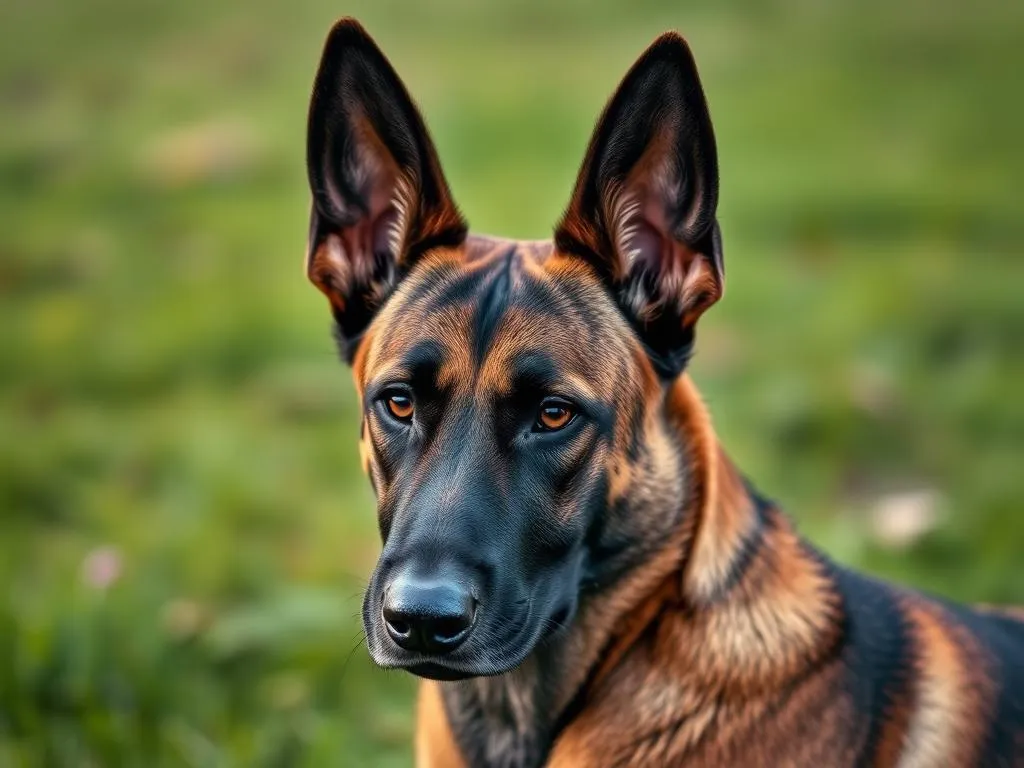
Introduction
The Belgian Malinois is a renowned breed known for its intelligence, agility, and loyalty. Originally bred in Belgium for herding, these dogs have transitioned into various roles, including police and military work, service animals, and family companions. Understanding a dog’s lifespan is essential for potential owners and enthusiasts alike, as it plays a significant role in planning for health care, training, and overall well-being.
In this article, we’ll delve into the Belgian Malinois lifespan and explore how long do they live, along with the factors that influence their longevity.
Overview of the Belgian Malinois
History and Origin
The Belgian Malinois is one of four breeds collectively known as Belgian Shepherds, which also includes the Tervuren, Laekenois, and Groenendael. The Malinois originated in the late 19th century in Belgium, where they were primarily used for herding sheep. Their intelligence and trainability made them popular for various working roles, including search and rescue, police work, and protection services.
Characteristics
The Belgian Malinois is a medium-sized dog, typically weighing between 40 to 80 pounds and standing about 22 to 26 inches tall at the shoulder. They have a short, dense coat that usually comes in a shade of fawn with a black mask.
In terms of temperament, Malinois dogs are known for their high energy levels, intelligence, and eagerness to please. They require consistent training and socialization to thrive, making them excellent companions for active individuals or families.
Popularity and Uses
Due to their exceptional abilities, Belgian Malinois have gained popularity in various roles, including police and military applications. Their agility and keen sense of smell make them suitable for detection work, while their loyalty and protective instincts make them ideal family pets. Additionally, they have made a name for themselves in dog shows and competitions, often excelling in obedience and agility events.
Lifespan of Belgian Malinois
Average Lifespan
The typical Belgian Malinois lifespan ranges from 10 to 14 years. This longevity is relatively standard compared to other breeds of similar size. While some larger breeds may have shorter lifespans, smaller breeds can live longer. Understanding this average can help owners prepare for the long-term commitment of caring for a Malinois.
Factors Influencing Lifespan
Genetics
Genetics plays a crucial role in determining the lifespan of a Belgian Malinois. Certain hereditary conditions, such as hip and elbow dysplasia, can affect their health and longevity. Responsible breeding practices can mitigate some of these risks, ensuring healthier puppies.
Nutrition
A balanced diet is essential for maintaining the health of your Malinois. High-quality dog food that meets their specific nutritional needs can help prevent obesity and related health issues. Owners should consult their veterinarian for dietary guidelines tailored to their dog’s age, activity level, and health status.
Exercise and Activity Level
Belgian Malinois are highly energetic dogs that require regular exercise to stay healthy. Lack of physical activity can lead to obesity and behavioral issues. Daily walks, playtime, and mental stimulation through training exercises are crucial for their well-being. Recommended routines often include at least 60-90 minutes of exercise every day.
Healthcare
Regular veterinary check-ups are vital for detecting health problems early. Routine vaccinations and preventative care can help your Malinois live a longer, healthier life. Keeping up with dental care, parasite control, and spaying/neutering also contributes to overall health.
Health Issues Commonly Associated with Belgian Malinois
Common Health Conditions
While Belgian Malinois are generally healthy, they can be prone to specific health issues:
- Hip Dysplasia: A genetic condition that affects the hip joint and can lead to arthritis.
- Elbow Dysplasia: Similar to hip dysplasia, this condition affects the elbow and can cause pain and lameness.
- Skin Allergies: Malinois can develop allergies that may result in skin irritations and infections.
Preventative Measures
To enhance the health and lifespan of your Belgian Malinois, consider regular health screenings to catch potential issues early. Responsible breeding practices, such as health testing for common genetic conditions, can also reduce the risk of inherited health problems.
Enhancing the Lifespan of Your Belgian Malinois
Nutrition
Choosing high-quality dog food is paramount for your Malinois’s health. Look for brands that utilize real meat as the primary ingredient and avoid fillers and artificial additives. Supplements, such as omega-3 fatty acids, can also be beneficial for skin and joint health.
Exercise
A well-rounded exercise regimen is crucial for a Belgian Malinois. Activities may include:
- Daily walks
- Fetch games
- Agility training
- Obedience training
- Swimming
Socialization is equally important; exposing your Malinois to different environments, people, and other dogs helps develop a well-rounded temperament.
Regular Veterinary Care
Staying on top of your Malinois’s health requires regular visits to the veterinarian. Vaccination schedules should be adhered to, and spaying or neutering can prevent certain health issues. Regular dental check-ups can also extend their lifespan by preventing periodontal disease.
Tips for Caring for Belgian Malinois
Training and Socialization
Early training and socialization are critical for a Belgian Malinois. Basic obedience training should start at a young age, focusing on commands such as sit, stay, and come. Social interactions with other dogs and people are essential to prevent behavioral issues and ensure a well-socialized dog.
Grooming Needs
The Belgian Malinois has a short coat that requires minimal grooming, but regular brushing can help manage shedding and keep the coat healthy. During shedding seasons, more frequent brushing may be necessary to reduce the amount of hair around your home.
Mental Stimulation
Mental stimulation is as important as physical exercise for a Belgian Malinois. Engaging activities such as puzzle toys, scent work, and obedience training can keep your dog’s mind sharp and reduce boredom-related behaviors.
Conclusion
In summary, the Belgian Malinois lifespan typically ranges from 10 to 14 years, influenced by factors like genetics, nutrition, exercise, and healthcare. Understanding these aspects can help you provide the best care for your Malinois, ultimately enhancing their lifespan and quality of life.
Responsible ownership, including proper training, socialization, and regular veterinary care, is crucial for ensuring a long, healthy life for your Belgian Malinois. By prioritizing their health and well-being, you not only enrich their lives but also foster a strong bond that lasts for years.
FAQs
How long do Belgian Malinois typically live?
Belgian Malinois typically live between 10 to 14 years, depending on various factors such as genetics, care, and overall health.
What can I do to help my Belgian Malinois live longer?
To help your Belgian Malinois live longer, provide a balanced diet, regular exercise, routine veterinary care, and mental stimulation through training and social activities.
Are there specific health concerns to watch for in Belgian Malinois?
Yes, Belgian Malinois can be prone to health issues like hip dysplasia, elbow dysplasia, and skin allergies. Regular health screenings and responsible breeding practices can help mitigate these risks.









